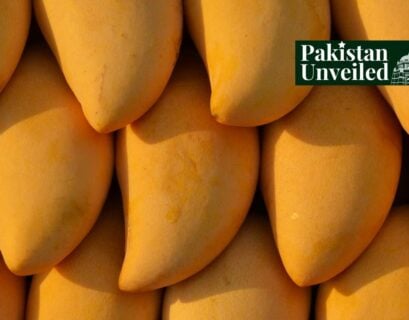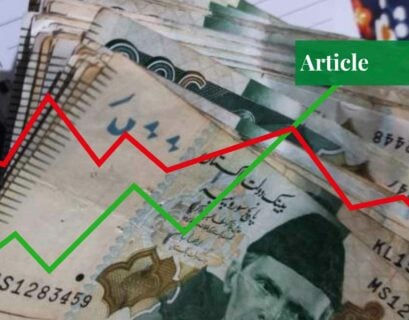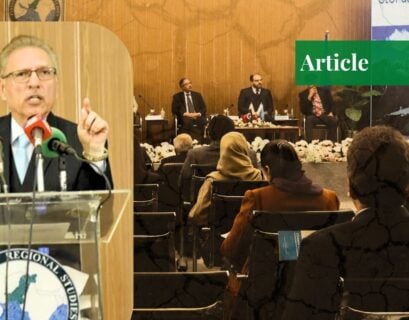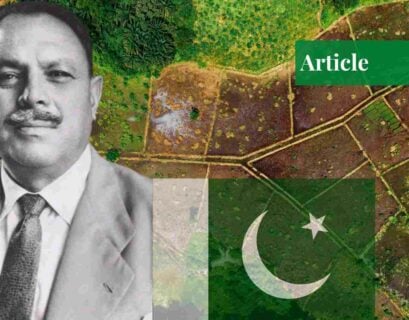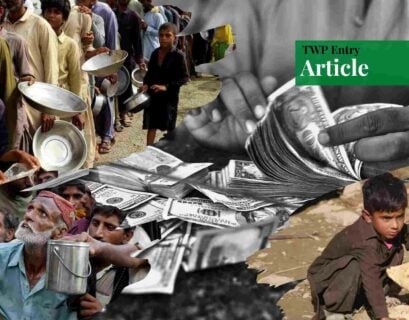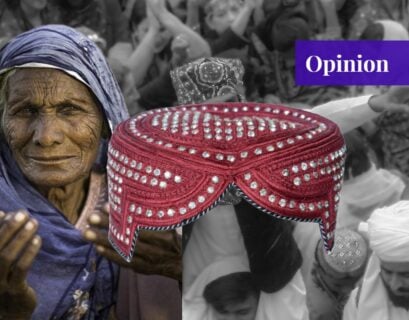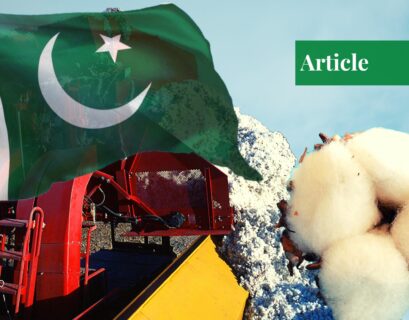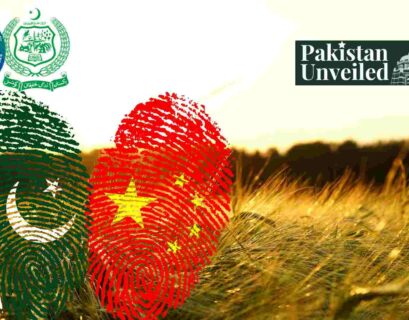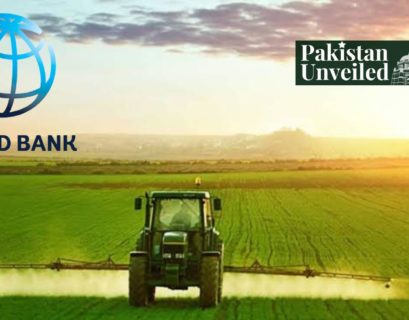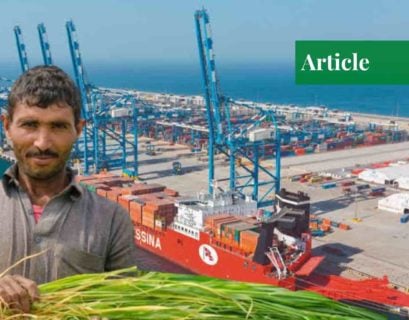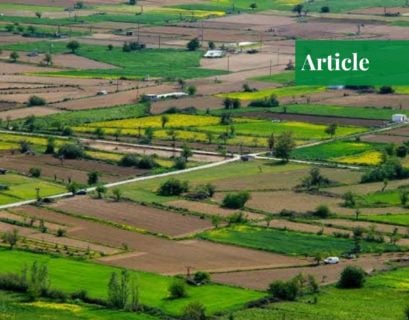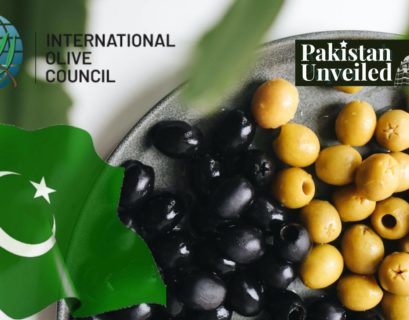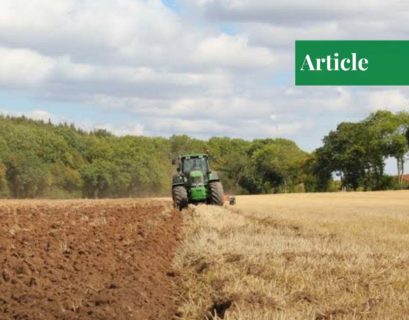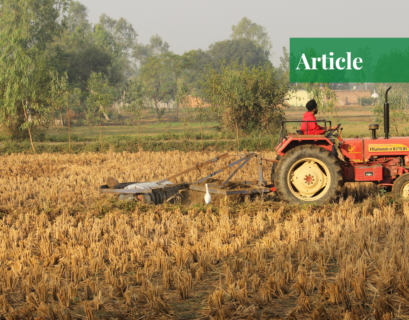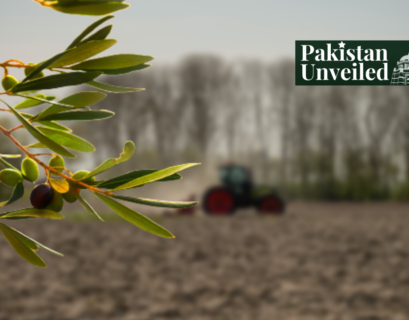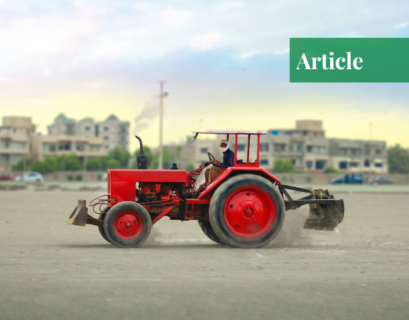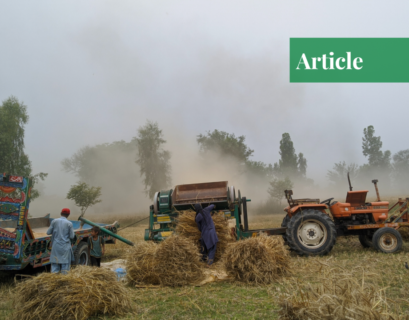National Fruit of Pakistan: Mango, the King of Fruits
The national symbols of Pakistan represent the quintessence of the country’s identity, culture, and history, serving to unify its people and inspire a keen sense of pride and belonging.
These symbols pay tribute to Pakistan’s vibrant history, diverse spectrum, and shared principles and are elevated during numerous national holidays, events, and ceremonies.
Economy of Pakistan over the Years
With an external debt exceeding 130.1 billion dollars, Pakistan faces precarious debt levels, political instability, and deteriorating economic indicators.
The global economic downturn spurred by Covid-19 hit advanced economies hard and sent the growth rates of developing and underdeveloped states plummeting. The PTI government made modest gains, particularly in agriculture and manufacturing. However, deep-seated challenges such as energy crises and regulatory hurdles persisted.
Hamza Shariff concludes that Pakistan must prioritize structural reforms, invest in human capital, and diversify energy sources to unlock the nation’s economic potential.
Regional Dialogue 2024: Advocating Sustainable Agriculture and Climate Resilience
At the Regional Dialogue 2024, hosted by the Institute of Regional Studies (IRS), President Arif Alvi emphasized the imperative role of modern agricultural technology in tackling the climate crisis.
Proposing upgrades to Pakistan’s agriculture sector, he advocated for sophisticated irrigation methods and adherence to international standards and guidelines.
During the three-day dialogue, DG (ISSI) Ambassador Sohail Mahmood, former foreign minister, Inam Ul Haque, the current foreign minister, Jalil Abbas Jilani, and Aisha Khan of the Civil Society Coalition for Climate Change also addressed the issue.
The Agricultural Reforms of Ayub Khan: Revolutionizing Farming in Pakistan
Since its independence, Pakistan’s challenges have been calling for attention and essential reforms, but history has not seen a well-planned and effective approach to agricultural growth before Ayub Khan’s reign. Much like his strategy to industrialization, every decision he made in the agricultural sector had an impact, both directly and indirectly. This essay investigates the unique incentives offered, Ayub Khan’s stern stance against social malpractices in agriculture, the restrictions imposed on ownership of land, the positive outcomes, and the overlooked variables of the Green Revolution era.
The Economic Challenges of Pakistan: Exploring the Roots and Possible Solutions of the Crisis
Rida Raja delves deep into the economic crisis of Pakistan to get a more holistic, detailed, and long-term picture. She uses a factual and statistical approach to draw an economic understanding of the country’s ongoing crisis.
She discusses what the reasons behind the economic crisis really are, i.e. lower productivity growth, lower savings rate, untapped export potential, and limited integration with global value chains.
Rida proposes a few solutions to these issues, considering each of the country’s major economic sectors separately.
Feudalism in Sindh’s Politics: Empowerment or Impediment?
Muhammad Shahbaz Rajper delves into the intricate web of feudalism in Sindh. He unearths the historical roots and impact of feudal beliefs on the province’s political landscape, examining whether feudalism has empowered the people or posed a formidable obstacle to progress and development.
He discovers the harsh realities of bonded labor, ethnic tensions, and dynastic politics, and understands the urgent need for dismantling this system to pave the way for a more inclusive and prosperous future for all in Sindh.
Pakistani Exports: The Struggling Cotton & Textile Industries
Despite being the 4th largest producer of cotton in Asia, Pakistan ranks 8th in the continent when it comes to its textile exports. Although Pakistan’s textile exports have increased in the last year, its textile industry has not been functioning up to its true potential. Noticing this, Muhammad Bilal Farooq identifies the multiple factors that have fettered the growth of Pakistan’s textile exports over the years. He suggests that Pakistan’s government and private sector take immediate actions to address these impediments.
Collaboration Between Pakistan Agricultural Research Council & China’s Yunnan Academy of Agricultural Sciences
On 15th July 2022, the Pakistan Agricultural Research Council (PARC) and China’s Yunnan Academy of Agricultural Sciences (YAAS) signed a memorandum of understanding (MoU) to promote agricultural cooperation between Pakistan and China. Under the MoU, the two institutes will work together to establish a joint agricultural research lab, paving the way for Pakistan to modernize its agricultural sector and learn from China.
The World Bank in Pakistan: Transforming the Agriculture Sector
The Punjab Resilient and Inclusive Agriculture Transformation (PRIAT) project, with the help of $200 million in financial aid from the World Bank, intends to reform the agricultural sector of the Punjab province of Pakistan. The project will boost the state’s economic growth and encourage private sector investments and participation in agro-food projects.
CPEC Boosts Agricultural Development in Pakistan
Agricultural development in Pakistan is just one of the many facets of the China-Pakistan Economic Corridor (CPEC). Muhammad Bilal Farooq notes that the corridor is promoting corporate farming and boosting the agricultural productivity of Pakistan. CPEC’s infrastructure projects can reduce the transportation time and cost of agricultural produce. On top of dedicating 4 special economic zones (SEZs) to food processing, China and Pakistan, under CPEC, are also cooperating in the research and development of new varieties of crops.
Overdue Land Reforms in Pakistan
The article is about the land reforms in Pakistan, the most significant yet neglected priority. Muhammad Asad details how the unaccomplished reforms hinder the progress of the non-ruling class and worsen their socio-economic conditions.
The Olive Planting Revolution in Pakistan
Pakistan, with its thousands of acres of cultivable land, has set on a path to fully avail its olive production potential. Former Prime Minister Imran Khan’s 10 Billion Tree Tsunami project has played a crucial role in Pakistan’s olive revolution, aiding the state in becoming a member of the International Olive Council (IOC). Though its olive production is low at the moment, Pakistan aims to cultivate 16,000 tons of olives by 2027.
The Fourth Agricultural Revolution: Reframing the Farming Industry
The author, Muhammad Bilal Farooq, delves into the world of agricultural developments — or what we would technically refer to as precision agriculture. The fourth agricultural revolution encompasses the use of GPS, GIS, remote sensing, and drones, among others. The author also charts the progress made and the use of these digital tools in Pakistan.
The Agricultural Sector of Pakistan: Benefits of Precision Agriculture
The agriculture sector of Pakistan accounts for 24% of the GDP and is responsible for the livelihoods of 65-70% of the state’s population. Yet, due to the challenges presented by fast-paced industrialization, climate change, and outdated farming and irrigation practices, this sector is being threatened. The author, Ayesha Irum, notes that by adopting precision agriculture, Pakistani farmers can thoroughly monitor, access, and analyze the agricultural land. Precision agriculture will not only benefit the farmers due to its cost-effectiveness but will also reduce water and crop losses. The author asserts that if implemented properly, it can increase the yield of Pakistan’s crops.
The Potential of Farming Olives in Pakistan
Pakistan, an agricultural state with several types of soil, ecological zones, and climatic conditions, has enormous potential for olive cultivation. Pakistan’s cultivable land for olives is far more than that of Spain’s, yet, it has failed to fully utilize the available resources. The author, Zuha Tiwana, notes that since the 1950s, the state has launched several projects – some with the collaboration of the Italian government – to enhance Pakistan’s olive cultivation and the manufacturing of its olive products. She argues that if Pakistan wants to enter the neighboring market for these commodities, China is its most feasible option.
The Agricultural Sector in Pakistan: A Case of Mismanagement
Pakistan’s agricultural sector possesses the ability to drive the state’s economy. Despite that, the sector only contributes 24% to the GDP of Pakistan and its true potential remains untapped. The author notes that the policies of the previous governments and the mismanagement of the resources have led to sluggish agricultural growth, post-harvest losses, and caused Pakistan to lag in the seed and livestock sectors. The author argues that while Pakistan has the perfect environment for growing high-value crops, the current challenges to the agricultural sector have held back the state.
Policies to Tackle Agricultural Problems in Pakistan
The under-appreciated agriculture sector is the driving force behind Pakistan’s economy. Its contribution to the GDP of the country remains around 20%.
The author, Ms. Afifa Iqbal, outlines several policy reforms that have been formulated by the government, and then proceeds to discuss solutions to the barriers that impede the growth of the sector.
